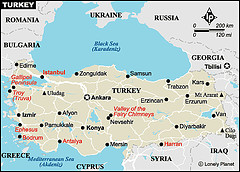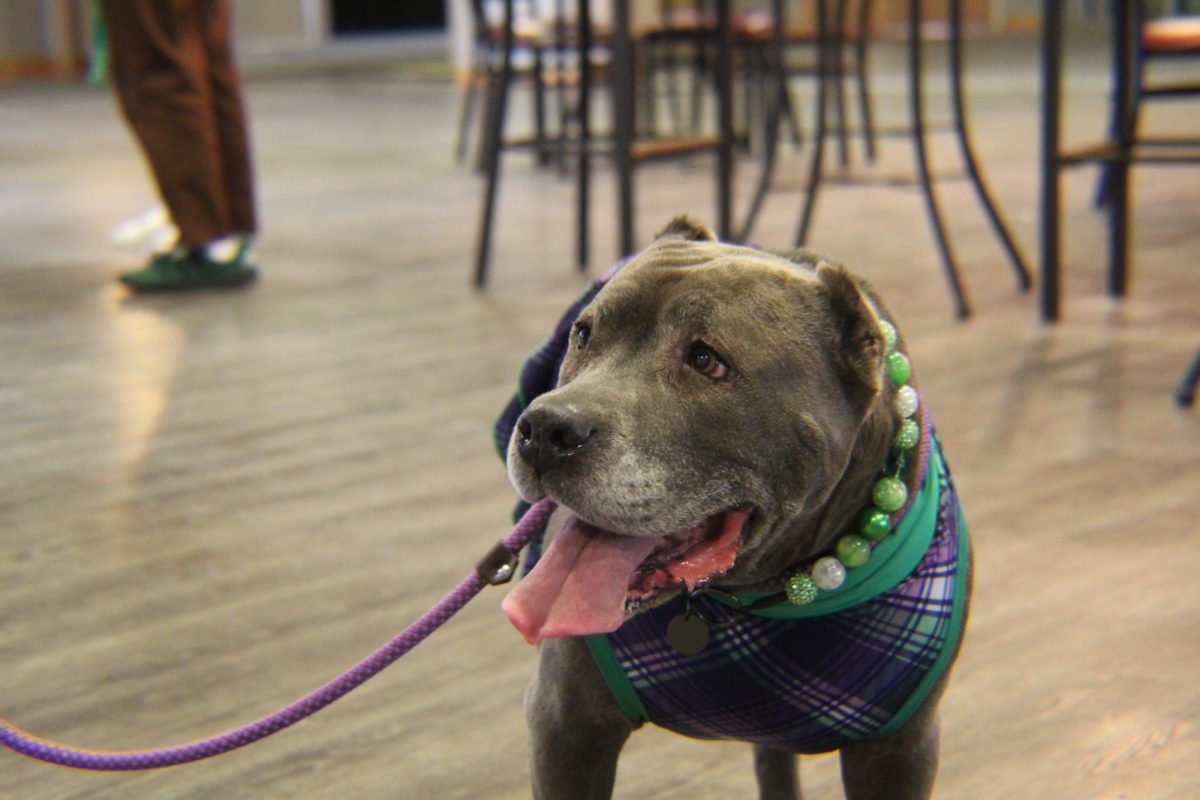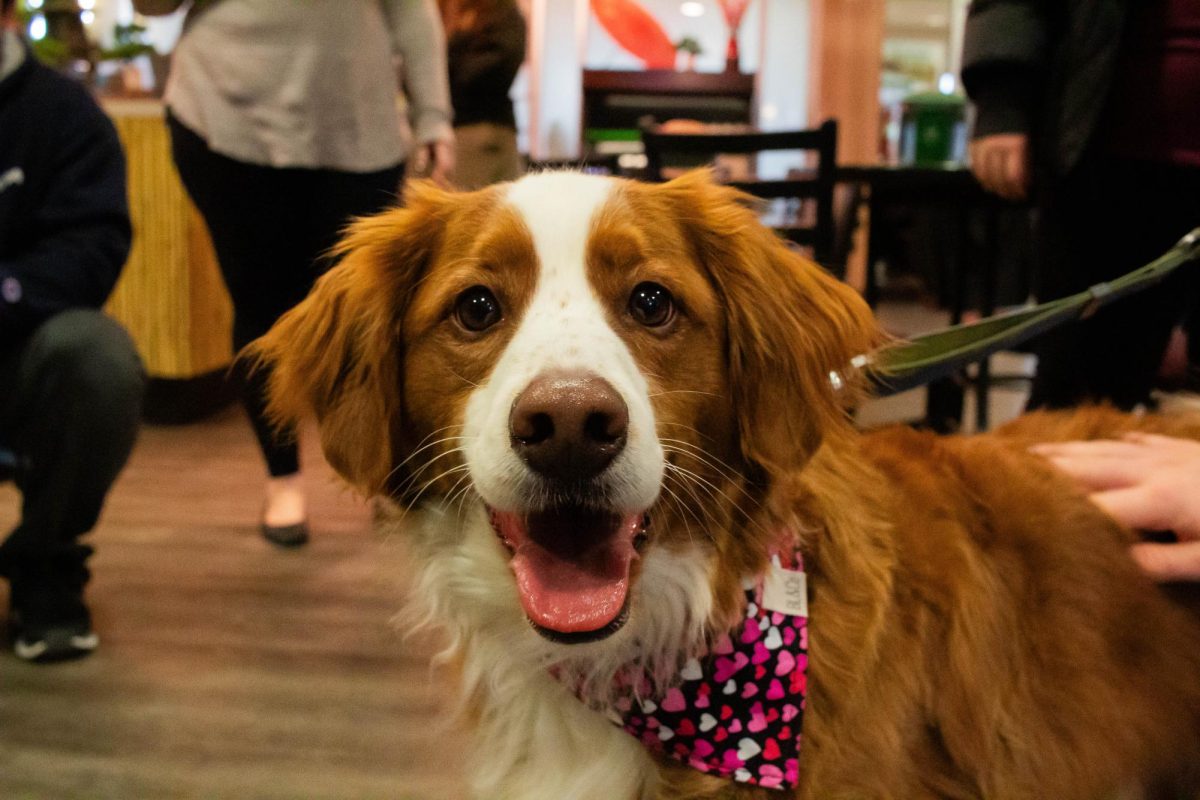
- Image by KarlMarx via Flickr
By Christopher Errante
Staff Writer
Two of Marywood’s faculty, Sister Maryalice Jacquinot and Maria Edwards, recently took a week long trip to Turkey through the Red Rose Intercultural and Educational foundation. Their trip to the “Cradle of Civilizations” went from August 5th through August 14th. The Red Rose foundation is a non-profit organization that exists to support cultural diversity and encourage intercultural dialogue. The trip was sponsored by Turkish businessmen who paid for all travel expenses aside from plane tickets.
The two joined a few others in an exciting tour around some of Turkey’s oldest and historically rich cities. Each day their group visited a number of famous historical sites, many of which had religious significance.
Their first stop was in the capital of Turkey, Istanbul. Currently the seventh largest city in the world, it houses approximately eight and a quarter million people. Istanbul has a fascinating history with artifacts that date back to over 5,000 years ago. I explained to the ladies that I had recently heard rumors that Turkey, especially Istanbul had problems with crime. Both emphatically stated it couldn’t be further from the truth. They said that upon entering Istanbul they initially clutched their bags, but after a short while realized that Istanbul is actually a very safe city which felt anything but threatening. “It is quite possibly due to the lack of bars in the city as Muslim’s don’t typically consume alcohol or drugs.”
On their first full day in Istanbul they toured the 400 year old Blue Mosque, one of the most famous mosques in Turkey. Its name comes from the beautiful blue tiles that decorate its interior. They also explored the Hagia Sophia, a fantastic basilica which is well known for its huge dome and detailed architecture. Finally, the group toured the hippodrome, an ancient race track which featured several monuments, one of which is the German Fountain of Wilhelm II.
Perhaps the most exciting of their stops was in Konya, which was home to Rumi, a world renowned 13th century Islamic Theologian. Rumi was well known for his beliefs that music and poetry, among other arts could be used to open up spiritual gateways in order to experience God. Rumi’s works often transcend religious boundaries and are studied by Zen Buddhists, Jews, Christians and several other devotees. While situated in Konya, the group visited Rumi’s tomb as well as witnessed a “performance” by the Whirling Dervishes, members of the Sufi Islamic order. The whirling dervishes practice a spinning dance for various lengths of time in which they seek to get rid of their ego and reach a perfect state of truth.
Later on the group toured ruins of the Ephesus, a city which had a long history going back approximately 2,500 years. It changed hands many times and at one point was a center for Christianity during the 1st century A.D. Also located near Ephesus is the House of the Virgin Mary. This site is significant for both Muslims and Christians and is believed to be the house Mary lived in for the remainder of her earthly life. It is believed that she rose into heaven from the house and it is now considered a Holy site. The group visited several other sites throughout their trip all of which they felt were quite astounding. Both agreed it was a surreal experience to have such a connection with ancient history.
Throughout the trip Sister Maryalice and Maria were hosted by several Turkish families. During their stay they had a wonderful time conversing with their hosts, who were incredibly welcoming and according to Sister Maryalice “went well out of their way to be generous and hospitable.” It is a tradition for Turkish families to make big meals for guests and is something on order of a celebration. Maria mentioned that extended families even came to visit and speak with them. At one of the homes a little child was so happy to see them he sung happy birthday. (even though it wasn’t anyone’s birthday.) The host families spoke English very well and were fascinated with their visitors as well as with their Christian religion.
One of the most wonderful things about Muslim people, Sister Maryalice explained, is their curiosity about Christianity. The Muslims they met on their trip, “were more about conversing than converting.” She explained that they have a “natural respect” for Christians and appreciation for their common roots. They are a very humble people who are greatly interested in dialogue over argument. The two also spoke with an Hafiz, an individual who has memorized most or all of the Quran. They said he had an extraordinary respect for Mary and Jesus, perhaps the two most important figures in the New Testament of the Christian Bible.
Aside from visiting historic sites the group also made a stop at the Grand Bazaar at Istanbul, one of the largest and most famous places to shop in the world. It houses over 6,000 shops on over 58 streets. It is well known for its jewelry and rug shops. They both agreed the place was rather overwhelming due to the large number of people there. Apparently between 250,000 and 400,000 people visit the center every day. Maria explained they had delicious kebabs with lots of fresh fruits and vegetables. They used some meats as well, mostly chicken and beef. Kebabs are one of the many foods native to Turkey, although they are now famous throughout the world. Both of the ladies recommended visiting Turkey someday and were quite ecstatic as thought back to their August adventure.




![Reblog this post [with Zemanta]](https://img.zemanta.com/reblog_e.png?x-id=98b3ba45-d331-4edb-9656-b6f82dfa304f)






